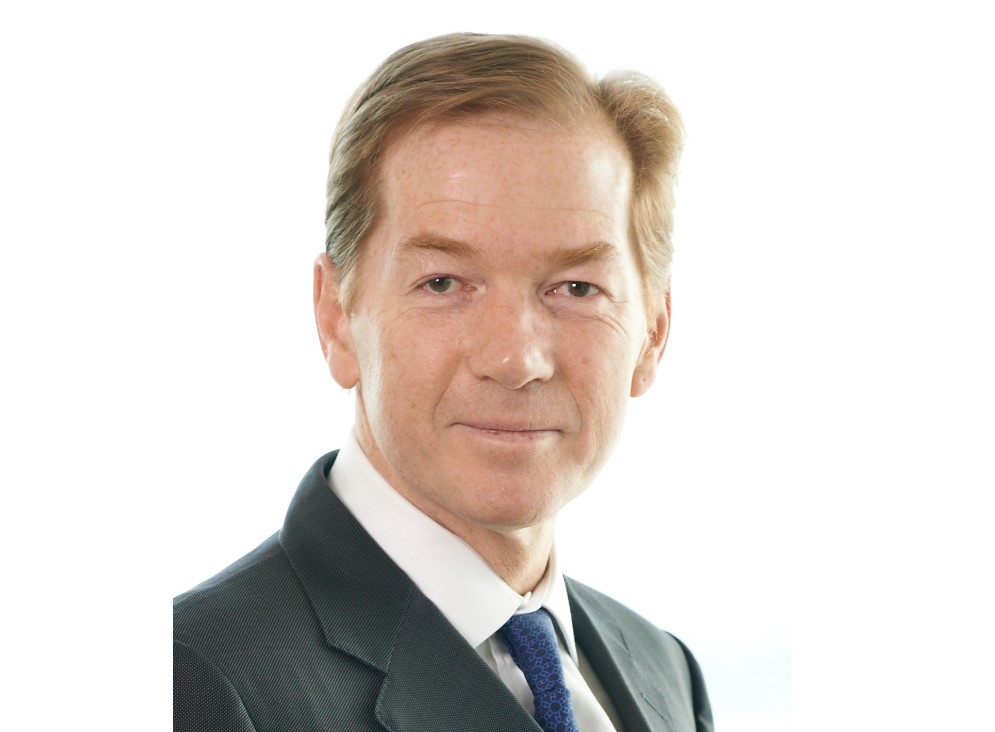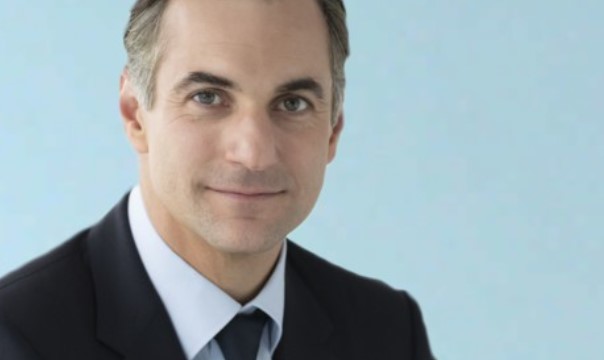Bank of America Believes the Vaccines Will Boost Global Growth in an Uncertain Context Near-Term
| By Beatriz Zúñiga | 0 Comentarios

With a surge in COVID cases and uncertain fiscal policy, Bank of America believes the near-term outlook is “weak and uncertain” but expects the roll out of multiple vaccines to boost global growth, particularly in the developed market economies with the biggest problems containing COVID, but with the best access to vaccines.
In the firm’s report for 2021, global economists Ethan S. Harris and Aditya Bhave point out that “we are not out of the woods yet” due to the surge in COVID cases and uncertain fiscal policy, but in their view more stimulus and “wide vaccine distribution” should boost growth mid-year.
For the United States, they think it will be a transition year, “moving back to services from goods, to private from public and to in-person from virtual” as “the scars from COVID will remain”. Specifically, they look for the economy to grow 4.5% in 2021. In the Euro area, after falling a 7% in 2020, they expect a 3.9% and 2.7% growth this year and in 2022.
Meanwhile, in Latin America they forecast GDP growth to rebound to 3.8% in 2021 after a decline of 7.4% in 2020 and fiscal deficits to likely improve. “But many countries will still be far from stabilizing their debt ratios and will need to develop credible exit strategies”, they warn.

In the near term, the most important uncertainties for Bank of America are around the US: “We are still very much in the rising part of the COVID curve and it will take a number of weeks to gauge the damage to public health and the economy. Fiscal policy is equally uncertain, with a potential stimulus package of anywhere from zero to a trillion dollars”, the report points out.
That’s why, medium term, the speed of a vaccine roll out is “critical”. “Of importance is not only the supply of doses but also the demand, i.e. the degree to which vaccine skepticism will slow progress towards herd immunity. If delays in vaccine rollouts in emerging markets are even longer than expected, investors should look for developed markets growth outperformance in 2021”, says the firm.
Four growth drivers
The bank identifies four major cross currents in the global economy that will be key drivers of growth: the evolution of the pandemic, the distribution of vaccines, another round of fiscal stimulus and a “more organized” trade war.
“The outlook is quite stable for countries that have done a good job containing the virus with effective testing, tracing and quarantining systems. By contrast, countries that have not contained the virus are super sensitive to the near-term surge in COVID cases and the medium-term surge immunizations”, the experts say.

That’s why, in their opinion, the roll out of highly effective vaccines will be the key driver for global growth. “A key part of our forecast is that we expect some vaccine nationalism, with countries that manufacture vaccines first immunizing large parts of their own populations before exporting to the rest of the world”. Thus the US likely will get most or all of the initial doses of the Moderna vaccine. And in general, developed economies will tend to get the vaccine faster than emerging markets. Among the second ones, China will probably be the first to get herd immunity.
The firm expects another round of fiscal stimulus worldwide. For the US, they are forecasting 750 billion dollars fiscal right after the Presidential Inauguration on January 20 and across Europe they expect more moderate stimulus of 1-2% of GDP.
The last cross current to watch is the trade war, which, after Joe Biden’s presidential victory, they expect to be “smaller and more organized”. Biden has said he will try to work with US allies to present a united front for dealing with “bad actors.” For Bank of America’s economists, that would include a continued push back against Chinese violations of intellectual property rights, national security concerns and human rights issues. “We would expect him to dial back battles with Europe, Canada, Mexico and allies in Asia, while seeking to reform rather than sideline international organizations. This means a much less uncertain climate for multinational businesses”, they conclude.
Inflation, deflation
Lastly, the experts reveal their outlook for inflation: “Inflation refused to budge before the pandemic, despite a long economic recovery and apparent full employment in much of the world. In our view, this stickiness was mainly due to the fact that many years of low inflation had lowered inflation expectations even as labor markets finally started to tighten. The effect was to both flatten and shiſt down the Phillips Curve”.
In their opinion, the COVID crisis has punched a hole in inflation, and whatever inflationary pressure was in the global economy has now leaked away: “It will take a number of years for most central banks to hit their targets”.









